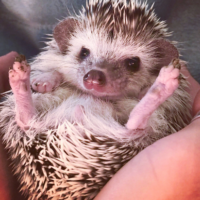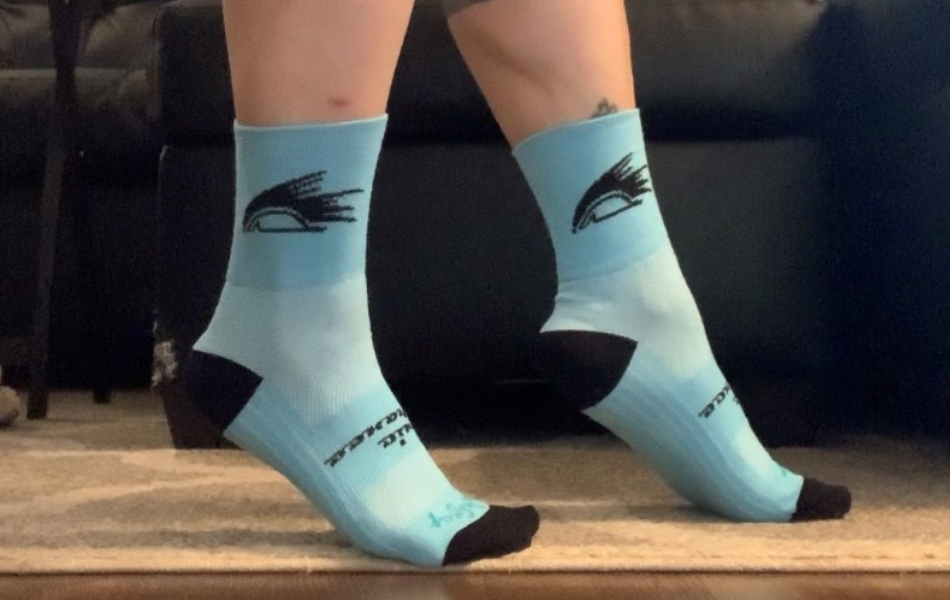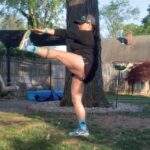This is the second of a three part series on Run Efficiency, Common Run Injuries, and Run Injury Prevention but Coach Laura. If you have questions about run form or run injury prevention please reach out to Coach Laura at [email protected].
We previously wrote about run form and why it’s important. Now we’ll dive into common run injuries that may result from poor run form:

Sore Upper Back
The biggest culprit for a sore upper back during, or after, a run is poor posture. Or more specifically, running with a tight, unrelaxed posture.
Ways to combat this:
- Keep the angle of your elbows at 90 degrees full the full swing of the arm
- Keep your hands and shoulders relaxed and loose
- At each mile, shrug your shoulders up to your ears and then drop back will help keep the from tightening up
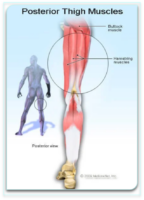
Hamstring Strain
Poor run form can lead to an over stretching of your hamstring leading to injury. When you run, your hamstrings are responsible for slowing down your lower leg as it straightens and your quads contract. Without assistance from your hamstrings, your knee would hyperextend at the end of every stride. When you over stride and your foot lands too far in front of you rather than underneath your center of gravity, your hamstrings work overtime to compensate.
There are multiple risk factors runners have for a hamstring strain or injury:
- Exercising with tight muscles
- Muscle imbalances
- Muscle weakness
- Muscle fatigue
- Overstride
Ways to combat a hamstring injury:
- The BEST way to avoid a hamstring injury is strength training
- Warm up before physical activity
- Shorten your stride
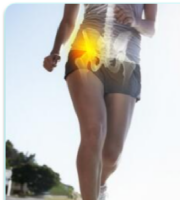
Hip Flexor Pain
Your hip flexors lift your thigh when you run. When you have pain, it feels like a stabbing sensation near your leg crease while running and it hurts if you lie down and pull your knee to your chest.
Common causes:
- Abrupt increase in mileage
- Abrupt increase in speed work
- Increase in hill work
- Insufficient warm up
How to prevent hip flexor strain:
- Same as hamstring, stretching is the BEST way to combat a hip flexor strain
- Warming up prior to exercise
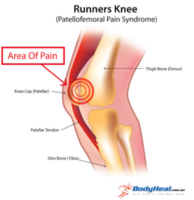
Runners Knee
Runners knee, or patello femoral syndrome, is a general term that refers to pain in the front of your knee or around your kneecap. It’s a common overuse injury in sports that involve running or jumping.
Weakness in your hips or the muscles around your knee can put you at a higher risk of developing runner’s knee.
Common causes:
- Weak thigh muscles (quad and hamstring)
- Tight hamstrings
- Tight Achilles tendons
- Poor foot support
- Excessive training or overuse
How to prevent runners knee:
- Strength training
- Stretching before running
- Increasing your activities gradually
- Wearing good running shoes
- Running leaning forward with your knees bent

Shin Splints
Shin Splints (tibial stress syndrome) refers to pain that occurs in the front or the inner parts of your lower legs, along your shinbone. Shin splints can happen when you increase your running volume too quickly, especially when running on hard surfaces.
Common Causes:
- Overuse
- Heel or Toe striking
- Running on hard or inclined surfaces
Prevention:
- Gradually increase mileage
- Heel raises or toe raises can help strengthen your calf and shin muscles
- Rest between strenuous runs
- Mid-foot run strike
- Run on soft surfaces
In most cases, shin splints aren’t serious and go away with rest. However, if left untreated, they can develop into stress fractures.
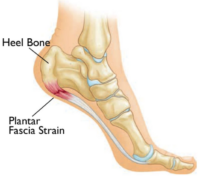
Plantar Fasciitis
Plantar Fasciitis is one of the most common foot injuries. It involves irritation or degeneration of the thick layer of tissue, called fascia, on the bottom of your foot. This layer of tissue acts as a spring when you’re walking or running.
Common causes:
- Increasing run volume too quickly
- Muscle tightness or weaknesses in your calves
Prevention:
- Build your volume up slowly
- Stretch and warm up prior to run
- Strength training your calves
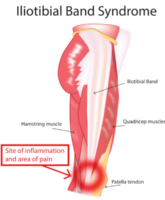
IT Band Syndrome
IT Band Syndrome caused by repetitive friction of the IT band rubbing against your leg bone. It’s very common in runners due to tight IT bands.
Common Causes:
- Weak gluteal muscles, abdominals, or hips
- Weak knee extensor, knee flexors, and hip abductors
- Overuse
Prevention:
- Strength training
- Stretch
- Run with a shorter stride
- Run on flat surfaces or alternate which side of the road you run on
- Replace your shoes regularly
